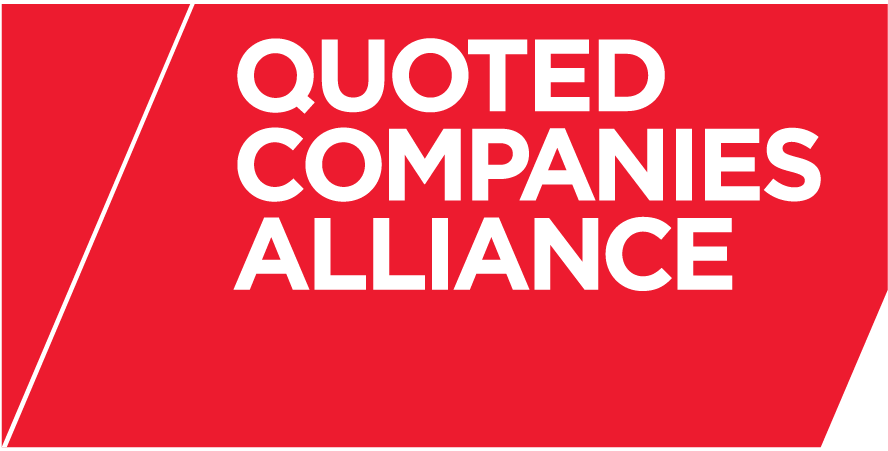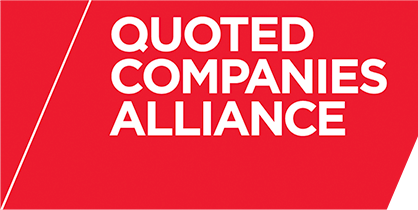IFRS 9 Financial Instruments replaces IAS 39 Financial Instruments: Recognition and Measurement and applies to accounting periods beginning on or after 1 January 2018 (with early adoption permitted). It addresses the recognition, classification and measurement of financial assets and liabilities, the impairment of financial assets, and hedge accounting.
Main points
- Companies must classify and measure financial assets with respect to the business model within which the asset is held and the asset’s contractual cash flow characteristics.
- Companies must apply a new impairment model based on expected losses, which will require earlier recognition of impairment losses and a potentially complex calculation.
- However, trade receivables, sales contract receivables and lease receivables can be accounted for under a simpler method of providing for “lifetime expected credit losses”.
- Embedded derivatives in financial asset host contracts should no longer be considered separately and must be taken into account when determining the nature of the contractual cash flow characteristics of the asset.
- The rules regarding hedge accounting are less restrictive so that entities are able to better reflect their risk management activities.
Below, we outline in more detail how the new Standard could affect your company. Any entity adopting IFRS 9 will need to carefully consider its application to their particular transactions and circumstances. However, IFRS 9 may prove to be evolutionary for many non-financial entities, rather than triggering radical accounting change.
Classification and measurement of financial assets
IFRS 9 requires financial assets to be classified into one of three categories:
- Amortised cost; or
- Fair value through profit or loss (FVTPL); or
- Fair value through other comprehensive income (FVTOCI).
The classification is determined from strict analyses of:
- the business model within which the asset is held – broadly whether the business makes money from the asset by collecting the contractual cash flows and/or from selling it; and
- the contractual cash flow characteristics of the asset itself – broadly whether or not returns are solely payments of principal and interest. This is not a matter of management intention and requires close attention to the detail of the underlying assets.
Amortised cost measurement is only possible where the business model is “held to collect” and the contractual cash flows are solely payments of principal and interest.
However, since the possible measurement methods are unchanged, some common financial assets (such as trade receivables and options) will ultimately be accounted for in a similar way to IAS 39. IFRS 9 also permits an entity to measure assets at FVTPL that would otherwise be accounted for at amortised cost when this would eliminate or significantly reduce an “accounting mismatch”.
Impairment
Under IAS 39, a financial asset was impaired only if there was objective evidence of impairment at the end of the reporting period. IFRS 9 introduces a new “expected loss” model, whereby an entity recognises a loss allowance for expected credit losses. It requires an entity to apply methods for estimating loss allowances that take account of the range of possible losses, the likelihood of those different loss amounts occurring and the time value of money.
IFRS 9 also requires a three step approach to providing for the loss allowance, depending upon: credit risk at inception; a subsequent significant increase in credit risk; or the existence of objective evidence of impairment.
Trade receivables, sales contract receivables and lease receivables may be accounted for under a simpler method of providing for “lifetime expected credit losses” – for example, the full extent of expected bad debts among those recognised in the statement of financial position. However, each possible loss must still be weighted by the probability of it occurring.
Classification and measurement of financial liabilities
IFRS 9 introduces a “safety catch” where an entity has issued financial instruments that are liabilities. The fair value of such instruments will increase if the credit rating of the entity itself falls. IFRS 9 requires such fair value gains to be recognised in other comprehensive income (OCI), rather than in profit or loss.
As with financial assets, IFRS 9 permits an entity to measure liabilities at FVTPL that would otherwise be accounted for at amortised cost to address an accounting mismatch, as well as where the “holdings” of the liabilities are managed and measured internally on a fair value basis.
Embedded derivatives
Embedded derivatives in financial asset host contracts are no longer considered separately, but are relevant in determining the nature of the contractual cash flow characteristics of the asset. IFRS 9 sets out criteria for when an embedded derivative should be separated from a financial liability host contract, or a contract outside the scope of IFRS 9 (e.g. a lease receivable).
Reclassifications
The importance of the business model is re-emphasised by the fact that a financial asset is only reclassified when the entity changes its business model for managing that asset. Financial liabilities cannot be reclassified.
Hedging
IFRS 9 updates the hedge accounting rules, so that the requirements are less restrictive and more entities are able to reflect their actual risk management activities. For example, the new Standard does not require hedge accounting to be “highly effective” based on the 80-125% bright line threshold, nor retrospective hedge effectiveness testing. Although there must be a demonstrable economic relationship between the hedged item and hedging instrument, there is no quantitative threshold.
IFRS 9 also removes the IAS 39 permission to revoke a designated hedging relationship voluntarily.
Transition
In general, IFRS 9 must be applied retrospectively, although it recognises that there may be instances where this is impractical and the Standard contains detailed exceptions and exemptions. There are also extensive disclosure requirements on the impact of adopting IFRS 9.
At the time of writing, the hedge accounting section of IFRS 9 does not deal with “macro hedging”. Therefore, on transition from IAS 39, an entity may continue to apply that standard to all of its hedging relationships until the IASB completes its macro hedging project.
This article was written by Matthew Howells, Director and Head of National Assurance Technical Group at Smith & Williamson LLP and Deputy Chairman of the QCA Financial Reporting Expert Group. For more information, please contact Matthew Howells.

